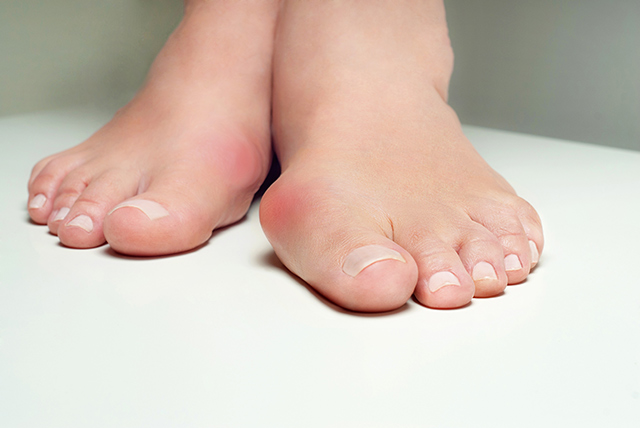Your roasted coffee may be causing irreversible lung disease
10/12/2015 / By Carol Young

Not only does Western civilization depend on coffee for waking up its workforce, but a large chunk of the world’ economy is also driven by coffee. The Daily Mail reports that an astounding 4 billion cups of coffee are drunk every single day all over the world. That’s a lot of java!
To get all of this coffee ready for consumption, countless anonymous workers roast coffee beans to improve the coffee’s flavor. The workers roast the green coffee beans until they transform into the iconic chocolate-brown color.
Sadly, the people we depend on for roasting our coffee may be at risk of serious disease that stems from the nature of their labors. A revealing investigation conducted by the Milwaukee Journal Sentinel reports that the people we rely on to roast our coffee are risking their health due to the chemical compounds released in air from the roasting process. Even sadder still, most workers are unaware that their lungs may be in danger from exposure to diacetyl, according to the Journal Sentinel‘s Raquel Rutledge.
Most coffee roasters have never heard of the chemical compound diacetyl. Those who have, associate it solely with its devastating effects on microwave popcorn workers and those in the flavoring industry. They don’t suspect that it could be wreaking the same havoc on their own lungs.
The CDC sets safety standards for the “acceptable” level of diacetyl which would not be considerably harmful to humans, but tests at two midsize Wisconsin “roasteries” revealed that diacetyl levels exceeded CDC recommendations. The levels detected at the Wisconsin roasteries were equivalent to levels at popcorn plants where workers often suffer from serious and incurable lung disease.
The Journal Sentinel reported that the damage done to workers who are exposed to diacetyl is not only egregiously harmful, but also fatal:
Inhaling diacetyl has proved deadly. Diacetyl attacks and obliterates the lung’s tiniest airways, causing a disease known as bronchiolitis obliterans. As the body tries to heal, scar tissue builds up and blocks the airflow. The damage is irreversible.
The chemical’s danger has been documented in dozens of animal studies as well as in health examinations of more than 1,000 employees exposed in U.S. workplaces over the last 15 years.
Diacetyl can be found in new e-cigarette liquids now, and a recent study found that many sweet-flavored e-cigarette liquids contained diacetyl.
WIRED reported the way lungs are damaged with diacetyl is inhaled and how it damages the tiny and delicate bronchiole:
“You have a wind pipe and it divides into two, and then keeps branching two by two until eventually you get down to the last few branches,” says Marshall Hertz, a physician and pulmonary specialist at University of Minnesota Health. “Those little twigs right before you get to the air sacs are called bronchiole.” When something blocks or scars those twigs, the air sac on the other side can’t inflate. Each blocked air sac represents a fraction less air that lung is capable of breathing—breathing capacity it does not get back.
While the Journal Sentinel‘s study was not peer-reviewed or confirmed by any other sources, it nonetheless brings up an important issue: How are the workers who make our products being harmed by their manufacturing processes? Will robots take over the dangerous manufacturing processes to save the American worker?
Sources:
Tagged Under: coffee, diacetyl, lung disease, occupational disease, roasted coffee beans




















